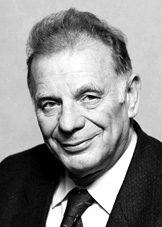
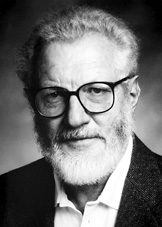
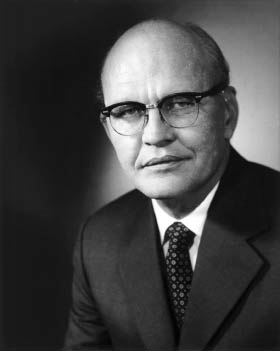
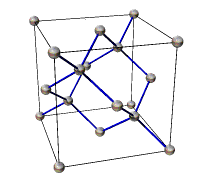
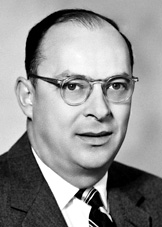
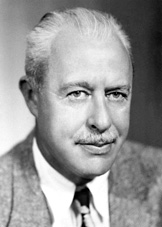
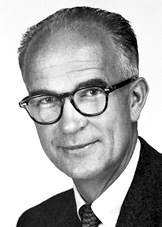
Classes
Hard work will beat talent when talent fails to work hard.
Education is the best predisposition for big successes.
"Critical thinking is deciding rationally what to or what not to believe." Norris, Stephen P.
"Mathematics is the door and key to sciences." - Roger Bacon
ELEN334 Solid State Electronics Fall 2012
Course Description: : In this undergraduate course students will familiarize with the physical properties of semiconductor materials and methods of growing semiconductor crystals. We will investigate the electronic structure of atoms and the interaction of atoms and electrons. We shall give a brief introduction to quantum mechanics. The specific mechanisms by which current flows in a solid will be addressed and fundamental concepts of charge transport explained. We will study the mechanism of electron-hole pair recombination, the diffusion of excess carriers and the mechanism of the drift in an electric field. Then we will learn about p-n junctions, the equilibrium state of the junction, the flow of electrons and holes across a junction. Most important, students will gain the knowledge about the operations, and applications of a field-effect transistor (FET) and bipolar junction transistor (BJT). If time permits, students will be introduced to photodiodes, solar cells, light emitting diodes, and lasers.
Nobel Prize Winners in Physics for 2009 are or the invention of an imaging semiconductor circuit – the Charged Coupled Device (CCD) sensor.
The students in this class should use the course material, syllabus, homework and exam solutions, discussion boards, announcements, grades, etc. at Moodle (http://moodle.latech.edu/).
ELEN533/ELEN451-002 OPTOELECTRONICS
SPRING
2012 ![]()
Course Description: This graduate course focuses on the physics of the interaction of photons with semiconductor materials. Maxwell equations, polarization of light, phase and group velocity, dispersion, Gaussian beam, reflection and refraction of light are reviewed. Lasers, light emitting diodes, photodetectors, and solar cells are optoelectronic devices explored here. Optical waveguides and fibers are introduced to the students. Electro-optic and magneto-optic effects are studied. Four laboratory projects are integral part of the course.
Goal: Students successfully completing the course will understand how optoelectronic devices work from first principles.
Prerequisites for undergraduate El. Engineering students: ELEN334 (Solid State Electronics), ELEN311 (Introduction to Electric and Magnetic Fields), credit or registration in ELEN411 (Electric and Magnetic Fields).
Prerequisite for undergraduate Nanosystems Engineering students: ELEN334 (Solid State Electronics).
Prerequisite for graduate students: Basic knowledge of electrical engineering, electronics, and physics.
Textbook( required): Fiber Optic Communications, Joseph C. Palais, Pearson-Prentice Hall, Fifth Edition, Upper Saddle River, New Jersey, 2005.
Reference Books (not required):
Photonic Devices, Jia-Ming Liu, Cambridge University Press, First Edition, 2005.
Solid State Electronic Devices, B. G. Streetman and S. Banerjee, Prentice Hall.
Fundamentals of Optoelectronics, C. Pollock, Irwin, 1995.
Introduction to Semiconductor Devices, Donald Neamen, First Edition, 2006.
Optics, E. Hecht, Addison Wesley, Forth Edition, 2002.
The students in this class should use the course material, syllabus, homework and exam solutions, discussion boards, announcements, grades, etc. at Moodle (http://moodle.latech.edu/).
MSE504/404 Advanced Materials in Micro/Nano Devices and Systems WINTER 2011/2012
"What I see in Nature is a magnificent structure that we can comprehend only very imperfectly, and that must fill a thinking person with a feeling of humility."- Albert Einstein
The objective of this graduate course is to provide the students advance knowledge of the materials used in a variety of micro/nano devices and systems with special emphasis on microelectronic and optoelectronic devices. We will start from the atomic theory of matter and learn about material structures. The course will provide the fundamental understanding of metals, dielectrics, and semiconductors. We will explain the optical and magnetic properties of the materials, basic thermal and mechanical properties of materials, superconductivity phenomenon, and conducting polymers. Finally, in this course we will discuss nanostructured materials such as quantum wells, quantum wires, quantum dots and nanoparticles.
Course Goal: Students successfully completing the course will understand the fundamental properties of advanced materials and be able to apply this knowledge into their research work for Ph. D. or master thesis.
The students in this class should use the course material, syllabus, homework and exam solutions, discussion boards, announcements, grades, etc. at Moodle (http://moodle.latech.edu/).
ELEN311 Introduction to Electric and Magnetic Fields Fall 2012
Prerequisites: PHYS202 and cumulative GPA>2.0 for MATH240 through MATH244.
Course Objectives:
§ Learn main electrostatic and magnetostatic laws (Coulomb's and Gauss' laws).
§ Solve Poison's and Laplace's equations.
§ Calculate electrostatic fields, energy, and potential in dielectrics.
§ Calculate capacitance using electrostatic laws.
§ Analyze steady currents and calculate resistance.
§ Calculate magnetostatic fields.
The students in this class should use the course material, syllabus, homework and exam solutions, discussion boards, announcements, grades, etc. at Moodle (http://moodle.latech.edu/).
ENGR221 Electrical Engineering and Circuits I Spring 2008
Course Description: Fundamental Concepts, Units and Laws. Resistive DC Circuits. Network Theorems, Network Simplification. Inductance and Capacitance. Steady-State Sinusoidal Analysis (AC Circuits and Phasors), Electronics (Diodes and Amplifiers), Power and Electronic Applications.
The students in this class are encouraged to use the course material, syllabus, homework and exam solutions, discussion boards, announcements, etc. at http://blackboard.latech.edu. To login for the first time, please use your LaTech username and your initial password is your SSN# or PIN number.
Pictures from the Laboratory Experiments
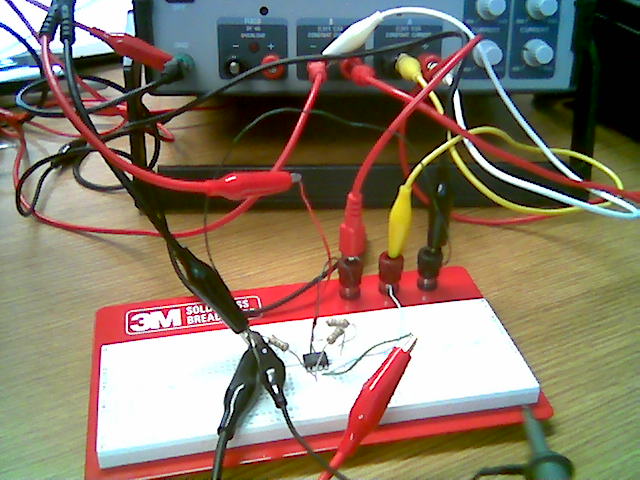
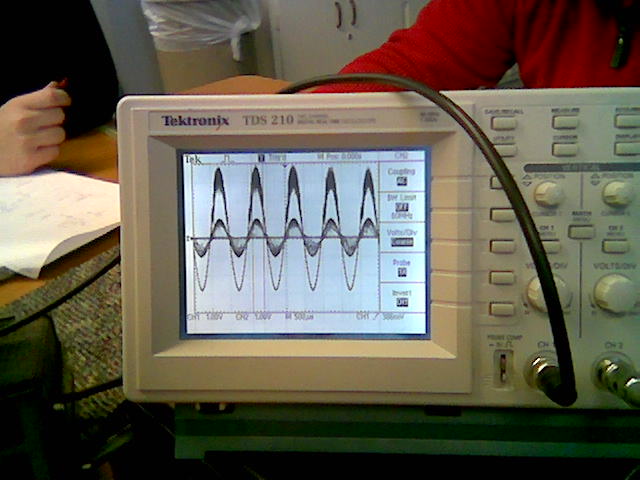
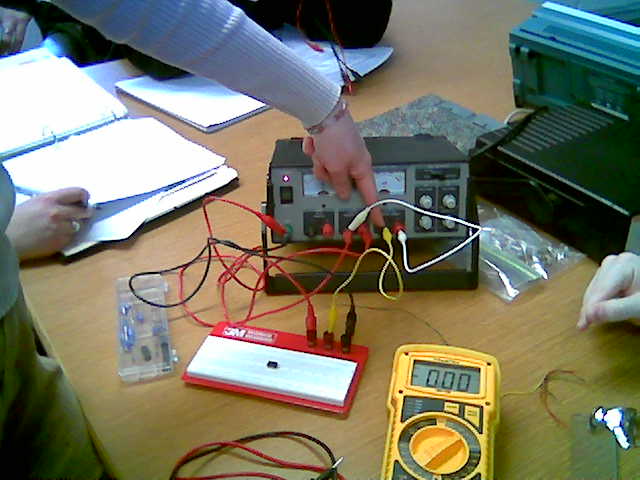
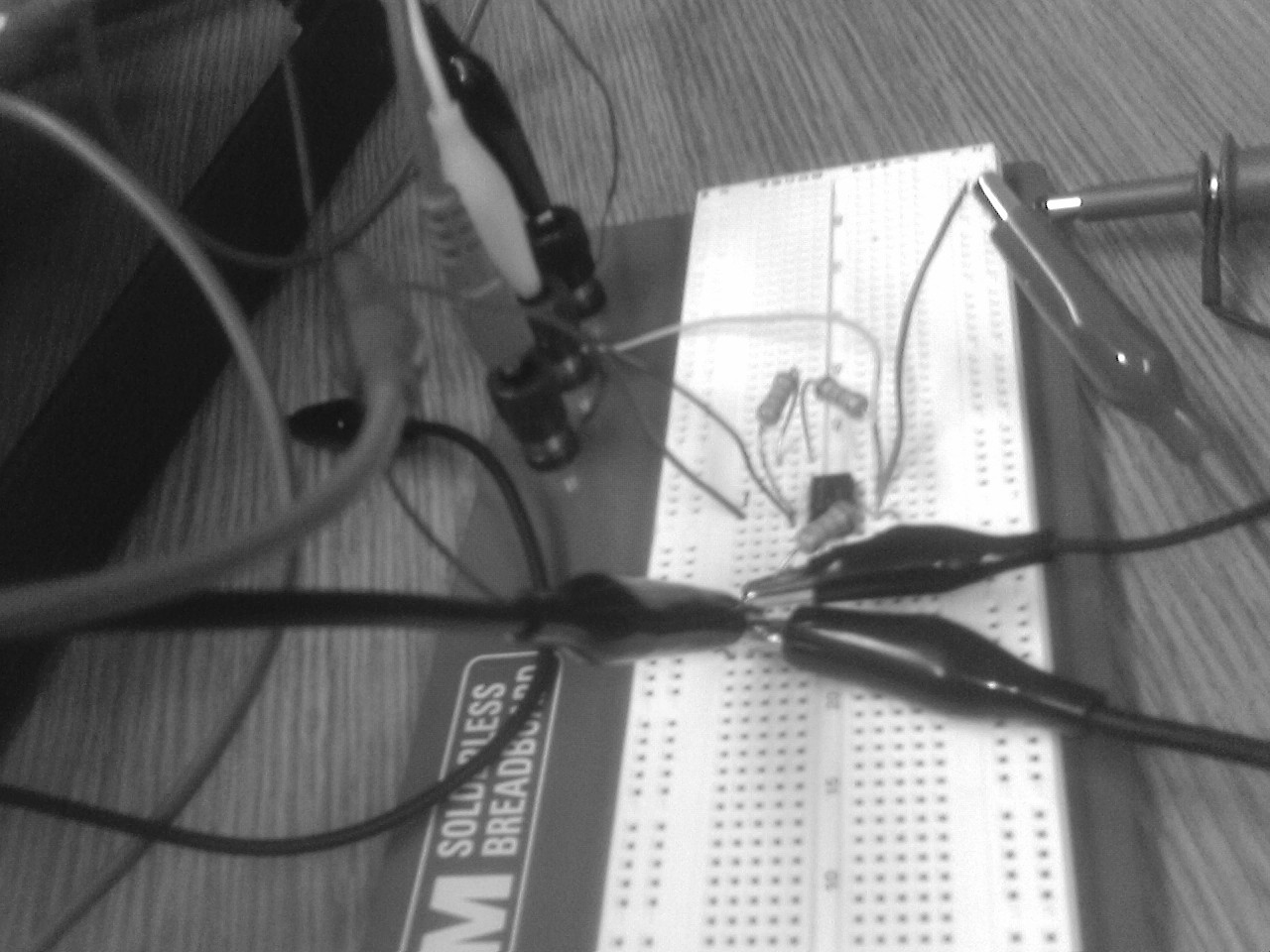
Outline: Study of microfabrication processes used for the realization of microelectronic ultra large-scale integration (ULSI) and micro-electro-mechanical systems (MEMS) technologies. Starting with the basic understanding of semiconductor properties and wafer preparation, the fundamentals of microfabrication processes, including solid state diffusion, ion implantation, thermal oxidation, and material etching are learned.
ELEN411 Electric and Magnetic Fields Spring 2003
Course Description: The objective of this undergraduate course is to provide the students advance knowledge in electromagnetics, which has been the starting point of many modern technologies, such as electric power generation, electronics, communications, and radars. The aim of the course is to build upon the previous ELEN311 course. After reviewing the vector algebra & calculus, Poisson’s & Laplace’s equations, and capacitors, magnetostatic fields and magnetic flux density are introduced. Maxwell’s equations and their significance in solution of electromagnetics (EM) problems are explained. The course then deals with the EM wave propagation. The theory of transmission lines is reviewed and matching is discussed. Finally, Smith charts are explained.
Textbook: M. Sadiku, Elements of Electromagnetics, 3. ed., Oxford University Press, New York, 2001.
Course Schedule:
|
Week |
Date |
Course Topics |
|
1 |
03/12 |
Chapters 1-3: Vector Algebra and Calculus |
|
1 |
03/14 |
Chapter 6: Electrostatic Boundary Poisson’s Equation |
|
2 |
03/17 |
Chapter 6: Laplace’s Equation |
|
2 |
03/19 |
Chapter 6: Capacitance/ Problems |
|
2 |
03/21 |
Problem Session |
|
3 |
03/24 |
MatLab Example: Lab 234 |
|
3 |
03/26 |
Chapter 7: Magnetostatic Fields Bio Savart’s Law |
|
3 |
03/28 |
Chapter 7: Ampere’s Law/ Magnetic Flux Density |
|
4 |
03/31 |
Chapter 7: Problem Session |
|
4 |
04/02 |
Review/ Problem Session |
|
4 |
04/04 |
Midterm Exam 1 |
|
5 |
04/07 |
Chapter 9: Maxwell’s Equations |
|
5 |
04/09 |
Chapter 9: Maxwell’s Equations Cont. |
|
5 |
04/11 |
Chapter 9: Maxwell’s Equations Cont. |
|
6 |
04/14 |
MatLab NH 234 / Problem Session NH 105 |
|
6 |
04/16 |
Chapter 10: EM Wave Propagation/ Lossy Dielectrics |
|
7 |
04/23 |
Chapter 10: Plane Waves in Good Conductors |
|
7 |
04/25 |
Problem Session/Review |
|
8 |
04/28 |
Midterm Exam 2 |
|
8 |
04/30 |
Chapter 10: Poynting’s Vector |
|
8 |
05/02 |
MatLab NH234 |
|
9 |
05/05 |
Chapter 11: Transmission Lines |
|
9 |
05/07 |
Chapter 11: Matching |
|
9 |
05/09 |
Chapter 11: Smith Chart |
|
10 |
05/12 |
Problem Session |
|
10 |
05/14 |
MatLab NH234 |
|
10 |
05/16 |
Review |
|
11 |
05/19 |
Final Exam |
|
11 |
05/21 |
Modern Topics/Consultations |
|
11 |
05/23 |
Consultations |
Blackboard Account: The students in this class should use the course material, syllabus, homework and exam solutions, discussion boards, announcements, etc. available at http://blackboard.latech.edu. To login for the first time, please use your LaTech username and your initial password is your SSN# (or PIN). If you have a problem to login, send me an e-mail.
MSE531 Electronic Materials Winter 2002/2003
Course Description: The objective of this graduate course is to provide the students advance knowledge of the electronic materials used in a variety of applications with special emphasis on microelectronic and optoelectronic devices. We will start from the atomic theory of matter and learn about material structures. The course will provide the fundamental understanding of metals, dielectrics, and semiconductors. We will explain the optical and magnetic properties of the materials, superconductivity phenomenon, and conducting polymers. In this course we will discuss the possible applications of electronic materials.
Textbook: L. Solymar and D. Walsh, Electrical Properties of Materials, 6 ed., Oxford University Press, New York, 1998.
Topics to be covered:
1. Structures of Solids:
· Atomic theory: Electronic structures of atoms
Atomic interaction and molecule (solid) formation
· Material structures: Bonding in solids
Crystal structures
Amorphous, polycrystalline, and single crystalline materials
Defects in crystals (point, line, and planar)
2. Electronic Structures of Solids:
· Energy bands: The exclusion principle
The free electron model
Insulators, semiconductors, and conductors
Work functions and electron affinity
Effective mass and mobility
Direct and indirect bandgaps
3. Metals:
· Conductivity in metals
· Applications of metals in microelectronics and optoelectronics (interconnects, contacts, and silicides)
4. Semiconductors:
· Carrier distribution in intrinsic and extrinsic semiconductors
· Conductivity in semiconductors
· Material issues in device downscaling
· Heterostructures and their band diagrams
5. Dielectrics:
· Dielectric constant and polarization
· Dielectric materials (glasses, ceramics, and polymers)
· Applications of dielectrics in microelectronics and optoelectronics (gate dielectric, diffusion barrier, passivation)
6. Optical Properties of Solids:
· Refraction and reflection
· Adsorption, transmission, and color
· Luminescence
7. Lasers and other optoelectronic devices
8. Magnetic materials
9. Superconductivity
10. Conducting and semiconducting polymer materials
The students in this class should use the course material, syllabus, homework and exam solutions, discussion boards, announcements, grades, etc. at Moodle (http://moodle.latech.edu/).
"Mathematics is the only true universal language," Carl Sagan
”Science is a way of trying not to fool yourself.” R. Feynman
Partially updated: June 2012.